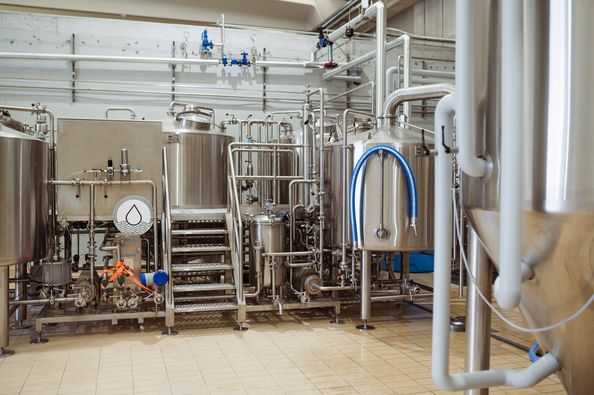How to Start a Mini Brewery
What Is a Mini Brewery?
A mini brewery, often called a microbrewery or craft brewery, is a small-scale beer production facility that creates limited batches of unique, often artisanal beer. Unlike mass-market beer producers that churn out millions of identical bottles, a mini brewery focuses on quality, experimentation, and flavor innovation. Think of it as a gourmet kitchen compared to a fast-food chain—you’re not just making beer, you’re crafting an experience.
Why Start a Mini Brewery?
Starting a mini brewery isn’t just about pouring pints; it’s about building a culture. But why jump into the frothy world of hops and fermentation?
First off, craft beer is booming. According to the Brewers Association, craft beer sales grew to over $29 billion in the U.S. alone. Consumers are shifting away from commercial lagers to more flavorful, personalized brews. This creates a golden (ale-colored) opportunity for passionate entrepreneurs.
Second, mini breweries offer a high degree of creative freedom. Love a dark chocolate stout with a hint of cayenne? Go for it. Want to reinvent the IPA with pineapple and sage? Nobody’s stopping you. It’s your canvas, and beer is your brush.
Finally, community matters. Mini breweries often become social hubs—where friends gather, events happen, and memories are made. If you’re the type who loves connecting with people and building a brand that others rally around, you’re going to love running a mini brewery.
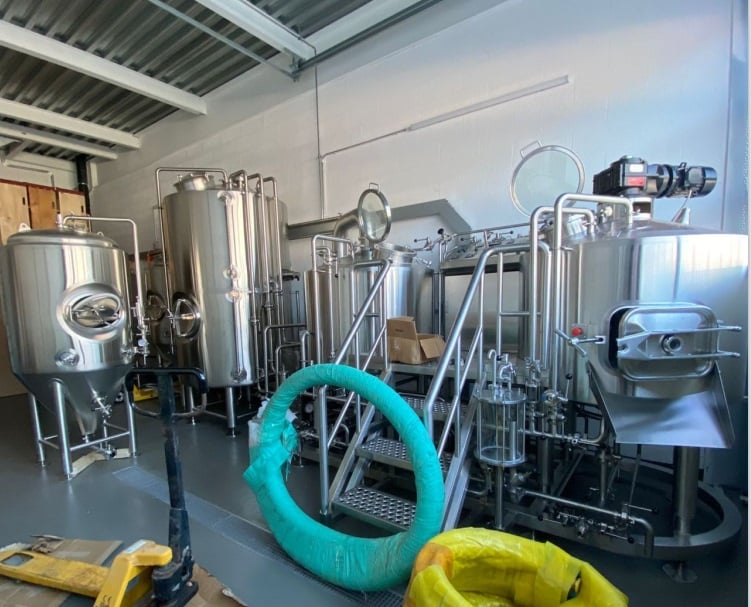
How to Start a Mini Brewery
Starting a mini brewery is part passion project, part business hustle. Here’s a walk through the steps:
1. Hone Your Brewing Skills
Before you open your doors, you better know how to brew a beer that makes people say “Wow.” Experiment with home brewing kits, attend brewing courses, or intern at an established brewery to sharpen your craft.
2. Research Your Market
Know your audience. Are they hipsters looking for exotic flavors or traditionalists craving crisp lagers? A well-researched customer base helps you design beers and branding that sell.
3. Create a Solid Business Plan
This isn’t just a passion; it’s a business. Your plan should include startup costs, operational costs, target market, marketing strategy, sales forecasts, and break-even analysis. Investors and banks will ask for this.
4. Choose a Legal Structure and Obtain Licenses
Are you a sole proprietor, an LLC, or a partnership? Choose wisely. Then, get federal and state permits, including a Brewer’s Notice from the Alcohol and Tobacco Tax and Trade Bureau (TTB), and local health and safety certifications.
5. Find the Right Location
Pick a spot that’s accessible and vibe-friendly. You’ll need space for equipment, storage, and (hopefully) a tasting room. Think 1,000 to 5,000 square feet minimum, depending on your goals.
6. Buy Brewing Equipment
This is the heartbeat of your operation. From mash tuns to fermenters, every piece of gear plays a role. More on that below.
7. Build a Brand That Sticks
A killer logo, a memorable name, unique bottle labels, and a compelling story will set you apart. Think of your brand as the personality of your beer.
8. Start Small and Scale
Don’t brew 100 types of beer out the gate. Start with 3-4 core recipes, perfect them, and let customer feedback guide your expansion.
Cost of Starting a Mini Brewery
The cost of starting a mini brewery can range widely based on location, scale, equipment choices, and buildout complexity. Here’s a detailed breakdown:
| Expense Category | Estimated Cost Range | Details |
|---|---|---|
| Brewing Equipment | $100,000 – $300,000 | Includes fermenters, kettles, chillers, kegs, and more |
| Build-Out and Renovations | $50,000 – $150,000 | Site preparation, plumbing, electrical, taproom design |
| Licensing and Permits | $5,000 – $25,000 | TTB, state and local alcohol, food safety, business registration |
| Initial Raw Materials | $10,000 – $25,000 | Malt, hops, yeast, water treatment chemicals |
| Branding and Marketing | $5,000 – $15,000 | Logo, website, social media, initial promotion |
| Tasting Room Setup | $10,000 – $50,000 | Furniture, bar design, point of sale system |
| Labor and Staffing | $5,000 – $20,000 (initial) | First few months of wages |
| Contingency/Emergencies | $10,000 – $30,000 | Always budget for the unexpected |
Total Estimated Range: $195,000 – $615,000
Want to bootstrap it with a nano brewery in your garage? You could get rolling for as low as $50,000, but expect major limitations in scale and reach.
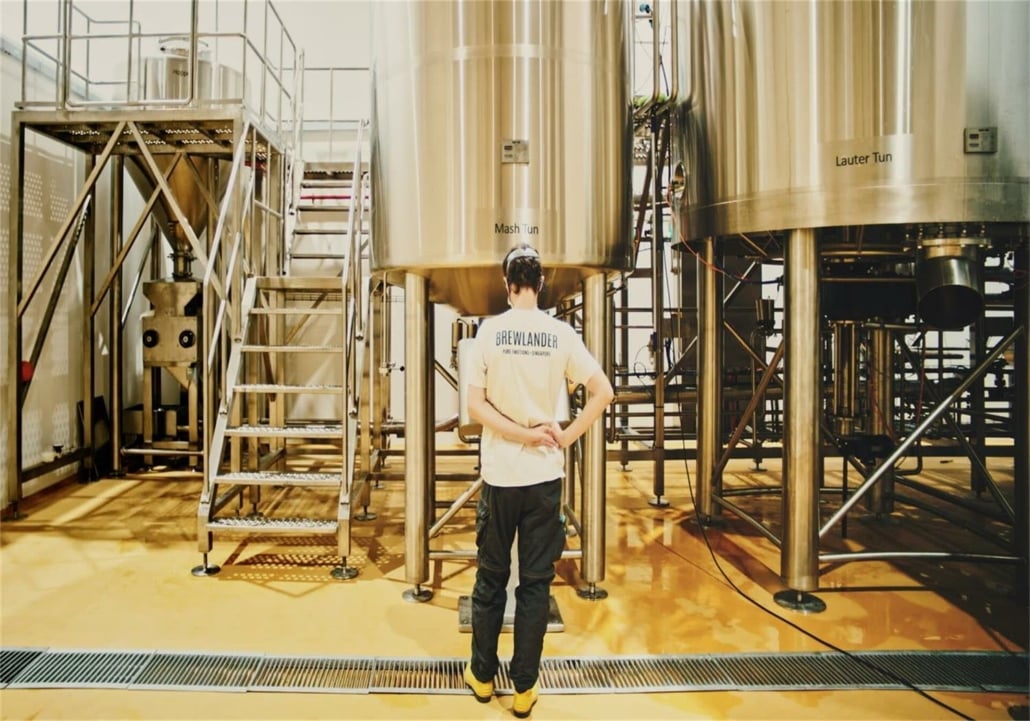
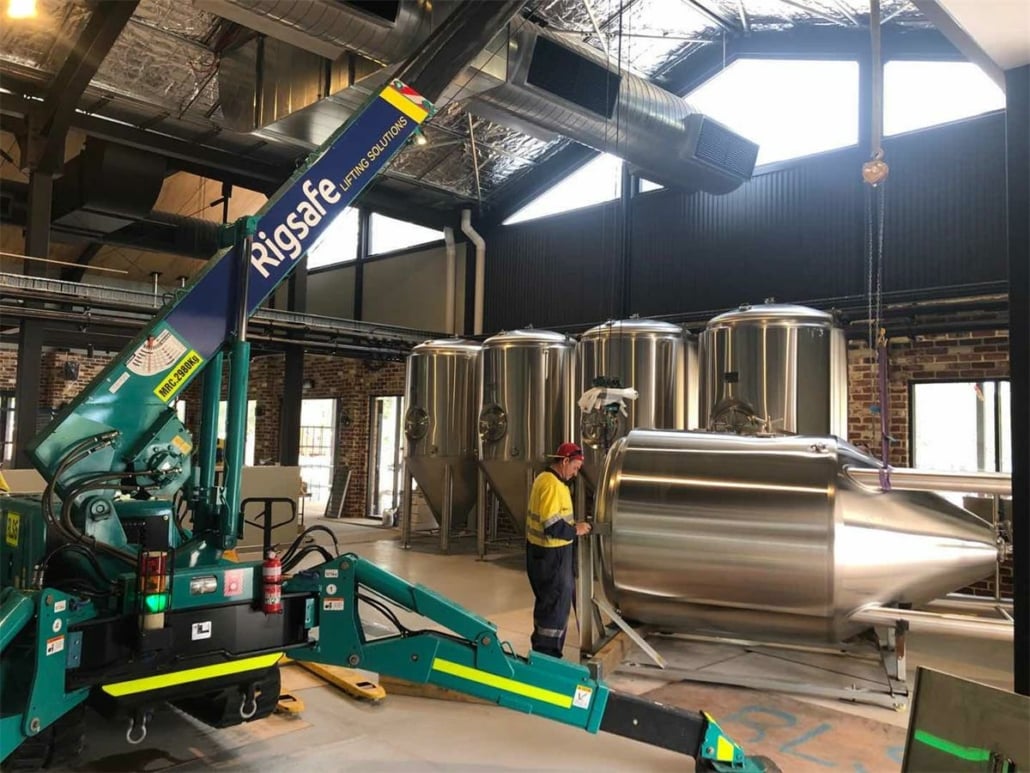
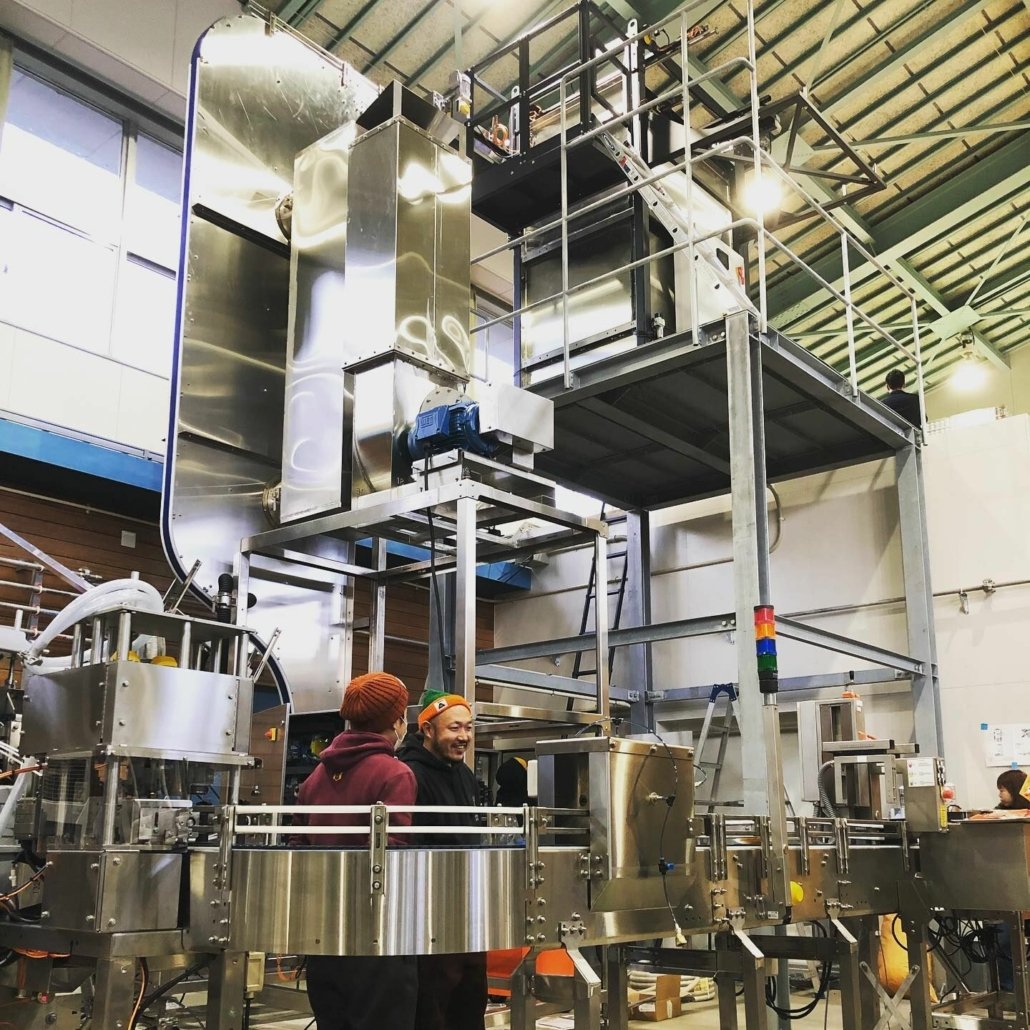
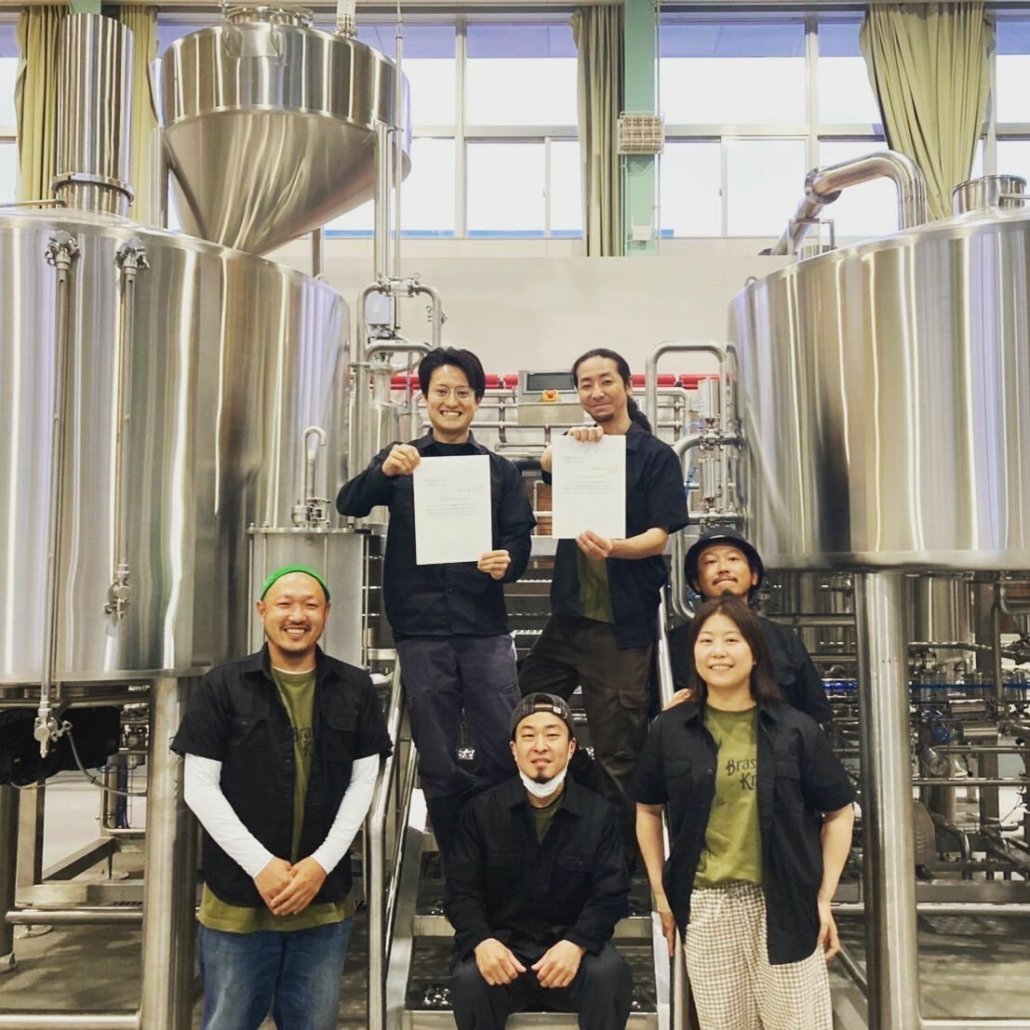
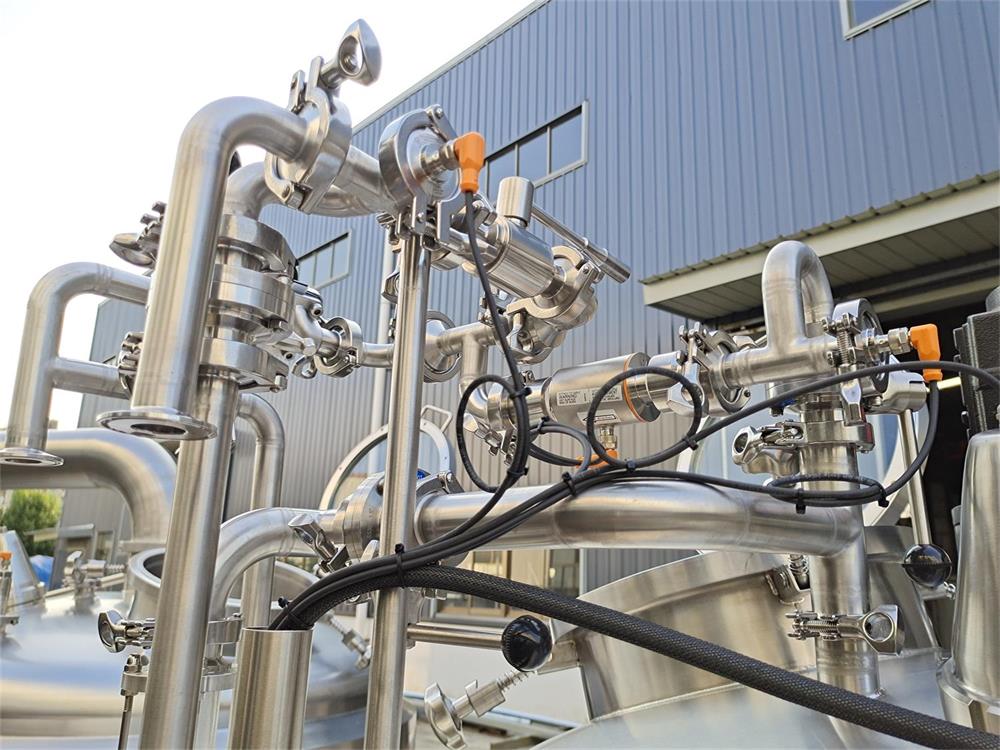
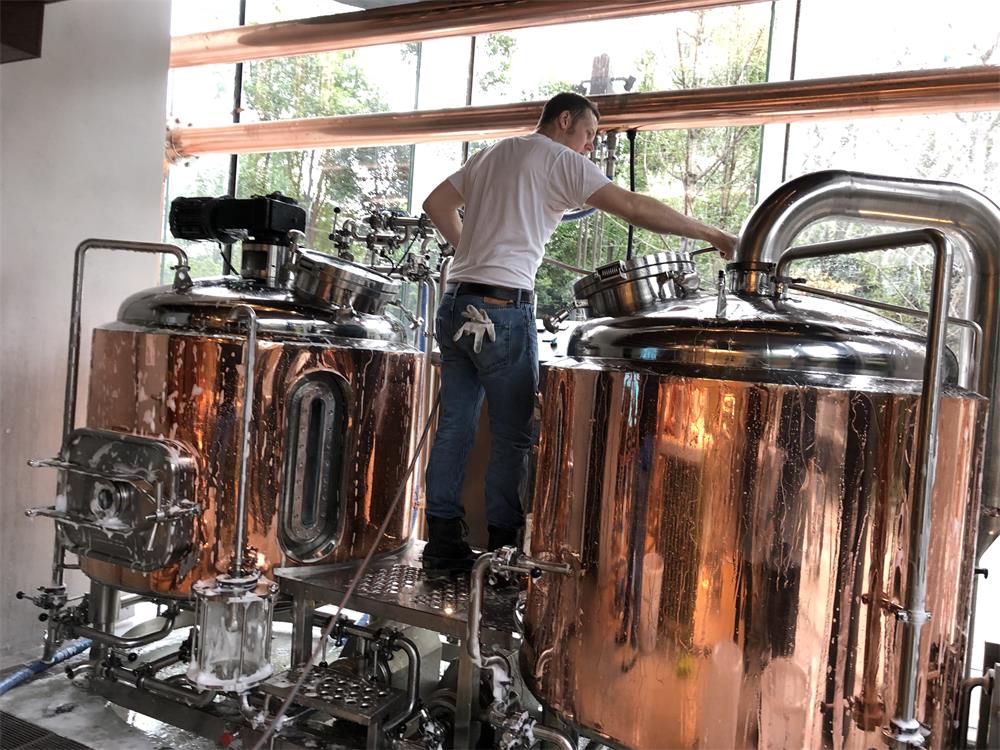
Tips for Success in Running a Mini Brewery
Success in the beer game isn’t just about flavor—it’s about finesse. Here are some essential tips to keep your mini brewery running smooth and profitable:
Stay Consistent
People fall in love with flavor profiles. If your IPA tastes wildly different every batch, you’ll lose loyalty. Use consistent processes, good record-keeping, and proper sanitation.
Embrace Community Engagement
Host trivia nights, beer tastings, or food truck Fridays. Let your brewery be more than a shop—make it a gathering spot.
Invest in Quality Ingredients
Top-notch malt, fresh hops, and clean water matter more than you think. Skimping here is like using cheap ingredients in a fine-dining dish.
Utilize Social Media Smartly
Don’t just post a photo of your beer—tell a story. Share behind-the-scenes looks, fun facts, or polls. Engage, don’t broadcast.
Analyze and Adapt
Keep track of which beers sell best, what times your taproom is busiest, and what feedback you’re getting. Use data to drive decisions.

FAQs
| Question | Answer |
|---|---|
| How much space do I need for a mini brewery? | Between 1,000 and 5,000 square feet depending on your setup. |
| Can I sell beer directly to customers? | Yes, with proper state and local licenses and a taproom if desired. |
| Do I need a brewing license? | Yes, from the TTB plus state/local alcohol control boards. |
| What kind of staff do I need? | At minimum: a brewer, a sales/marketing person, and a front-of-house rep. |
| How long does it take to start a mini brewery? | 6 months to a year, factoring in permits, buildout, and setup. |
| What beers are best to start with? | Popular options include IPA, Pale Ale, Porter, and Wheat Beer. |
| Is it profitable to run a mini brewery? | Yes, with good branding, consistent quality, and strong community ties. |
| Can I use used equipment? | Absolutely. It’s cheaper but ensure it’s in good condition. |
Additional FAQs About Starting a Mini Brewery
1) What brewhouse size is optimal for a first Mini Brewery?
- Common entry ranges are 3–7 bbl for taproom-focused models and 10–15 bbl for wholesale ambitions. Model demand, space, and cash flow before choosing.
2) How much working capital should I reserve beyond buildout?
- Plan 6–9 months of operating runway: typically $75k–$200k for payroll, raw materials, utilities, rent, and marketing, depending on market and size.
3) What margins can I expect on taproom vs. distribution?
- Taproom pints often yield 65–75% gross margin; self-distribution kegs 35–55%; three-tier distribution 25–40%. Packaging lowers margins and raises complexity.
4) How do I forecast fermentation capacity and tank count?
- Start with target weekly barrels and turns per month. Many Mini Breweries plan 1.5–2.0 monthly turns per FV; add 20–30% buffer for lagers/seasonals and crash time.
5) What permits commonly delay opening?
- Local zoning/building permits, health/fire inspections, and state alcohol licensing. Submit complete drawings early, pre-meet with inspectors, and sequence TTB Brewer’s Notice with local approvals.
2025 Industry Trends for Mini Breweries
- Taproom-first resilience: On-premise sales remain the healthiest margin channel; many new Mini Brewery launches prioritize smaller brewhouses with larger taprooms.
- Small-scale automation: Affordable cellar controls (VFD glycol pumps, temp PIDs, spunding) and inline DO sampling move downstream.
- Low-/no-alcohol SKUs: Pilot tanks and dealcoholization partnerships help diversify revenue with compliant labeling.
- Energy and water efficiency: Heat recovery, CIP reuse, and R290 refrigeration adoption reduce utility intensity 10–20%.
- Data-driven ops: POS-integrated pour tracking, inventory, and demand forecasting tighten cash flow and reduce waste.
2025 Benchmarks and Cost Snapshot (North America/EU)
| Metric | 2023 Avg | 2024 Avg | 2025 YTD | Notes/Sources |
|---|---|---|---|---|
| 5 bbl brewhouse (2–3 vessel) | $45k–$85k | $44k–$82k | $42k–$80k | Ex-works; automation raises price |
| 10 bbl brewhouse | $75k–$140k | $72k–$135k | $70k–$130k | Controls/HLT options vary |
| Jacketed 10 bbl FV (unitank) | $9k–$16k | $9k–$15k | $8.5k–$14.5k | Finish/ports affect cost |
| Utility intensity (water:beer, hl/hl) | 6.0–7.5 | 5.0–6.8 | 4.5–6.0 | With CIP reuse/heat recovery |
| Median time to open (months) | 10–14 | 9–13 | 9–12 | Permitting/buildout driven |
| Taproom share of revenue (%) | 62 | 64 | 66 | Higher margin channel |
Authoritative sources:
- Brewers Association (industry data, startup guides): https://www.brewersassociation.org/
- Master Brewers Association Technical Quarterly (CIP, oxygen control): https://www.mbaa.com/publications/tq/Pages/default.aspx
- DOE Better Buildings (food & beverage energy): https://betterbuildingssolutioncenter.energy.gov/
- Small Business Administration (SBA) financing: https://www.sba.gov/
Latest Research Cases
Case Study 1: Taproom-First Mini Brewery with Lean Cellar Automation (2025)
Background: A 7 bbl startup targeted a suburban market with limited distribution. Cash flow risk centered on utility costs and consistency.
Solution: Spec’d 7 bbl brewhouse with three 14 bbl FVs, pressure-ready unitanks, spunding valves, DO sampling ports, and VFD-controlled glycol. Implemented weekly CIP validation and POS-integrated keg/pour tracking.
Results: First-year water-to-beer 5.2 hl/hl (vs. 6.8 plan); gross margin 71% taproom; off-flavor complaints fell after DO monitoring added; break-even in month 11. Sources: BA benchmarking, MBAA oxygen control.
Case Study 2: Accelerated Opening via Permitting Sequencing and Phased Equipment (2024)
Background: Urban Mini Brewery faced long lead times and landlord constraints.
Solution: Submitted TTB Brewer’s Notice concurrent with building permits; phased equipment—initially 5 bbl brewhouse with two 10 bbl unitanks, added two more FVs post-opening; leased a canning service for first 9 months.
Results: Opened 3 months earlier than baseline; capex reduced by ~$95k initially; maintained cash flow with 78% taproom revenue; upgraded to in-house canning after month 10. References: BA startup playbooks; SBA financing guidance.
Expert Opinions
- Sam Calagione, Founder, Dogfish Head Craft Brewery
Viewpoint: “Differentiate with story and sensory. A Mini Brewery thrives when your taproom experience and recipes are unmistakably yours.” - Mary Pellettieri, Quality Consultant, author of “Quality Management for Breweries”
Viewpoint: “Build QC into specs: aseptic sample valves, DO ports, and verifiable CIP. Consistency is the cheapest marketing you’ll buy.” - Bart Watson, Chief Economist, Brewers Association
Viewpoint: “Right-size your distribution. In 2025, taproom-led models outperform on margin and risk; expand wholesale only where velocity supports it.”
Practical Tools and Resources
- Brewers Association: Startup, draught, QA, safety — https://www.brewersassociation.org/
- MBAA Technical Quarterly: Fermentation/CIP best practices — https://www.mbaa.com/publications/tq/Pages/default.aspx
- DOE Better Buildings: Brewery energy/water playbooks — https://betterbuildingssolutioncenter.energy.gov/
- Brewfather or Ekos: Production planning, inventory, and COGS — https://brewfather.app/ | https://www.goekos.com/
- Cicerone: Draft quality training for staff — https://www.cicerone.org/
- SBA: 7(a)/504 financing basics — https://www.sba.gov/
Last updated: 2025-09-28
Changelog: Added 5 targeted FAQs; 2025 trend table with cost/benchmark data; two recent Mini Brewery case studies; expert viewpoints; curated tools/resources with authoritative links
Next review date & triggers: 2026-03-31 or earlier if equipment pricing shifts >10%, BA releases new benchmarking or draft quality updates, or local permitting timelines materially change
Share this entry
Interested in learning more about Brewing Systems including additional details and pricing information? Please use the form below to contact us!
YOLONG BREWERY EQUIPMENT FAQS
- Commercial Brewery / Craft Brewery / Microbrewery / Nanobrewery
- What is The Difference Between Craft Beer and Industrial Beer?
- The Bespoke Differences In Custom Brewing Systems
- Everything You Need to Know About Kettle Souring
- How to Choose Brewing Equipment for Your business?
- How To Choose The-Best Partner To Build Your Commercial Microbrewing System?
- Two Detection Sensors That You Need To Use In Your Brewhouse System
- Remote Control Applications in Brewing Equipment/How does it work?
- How To Clean Your Brand New Brewery Tanks?

